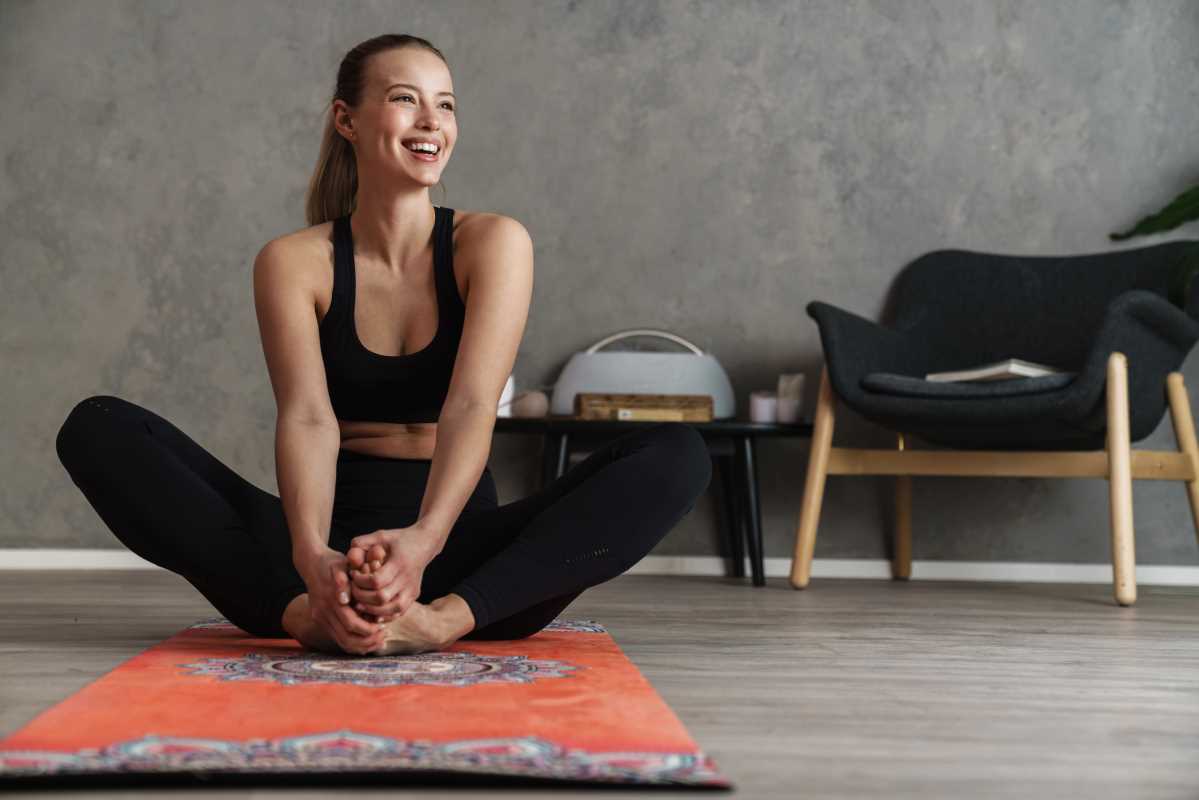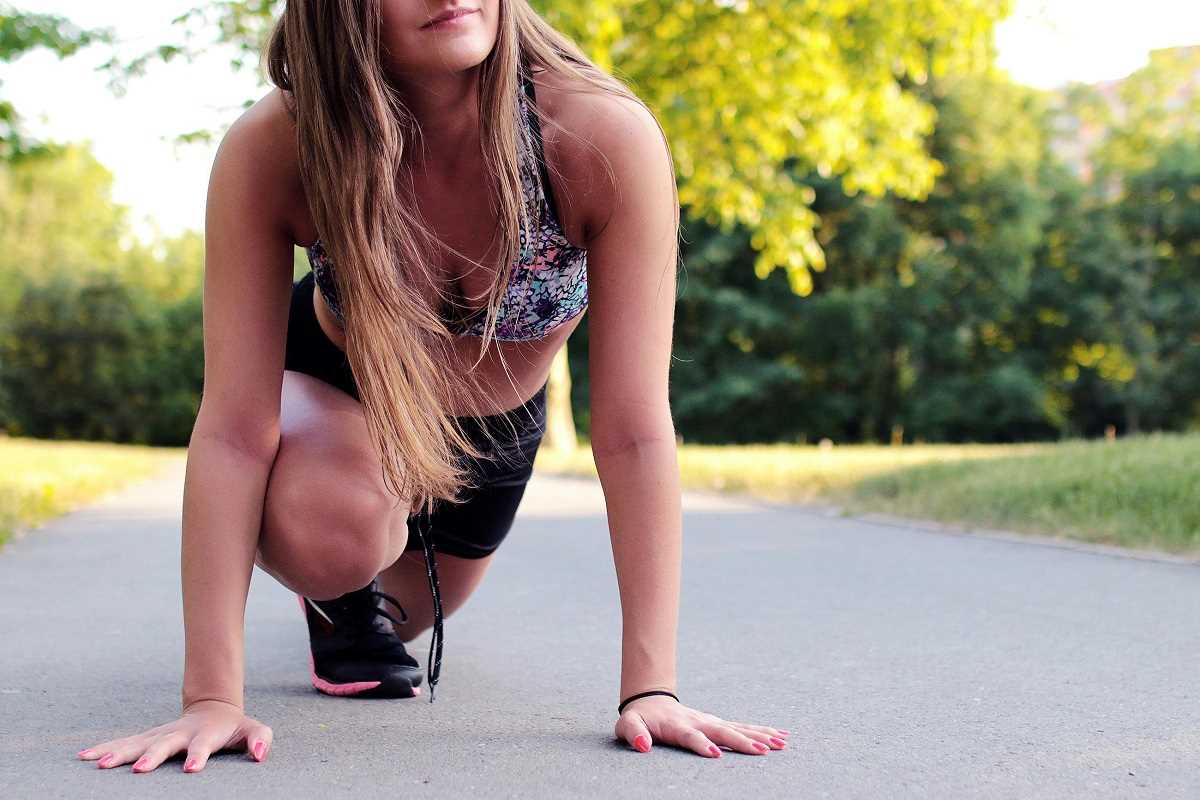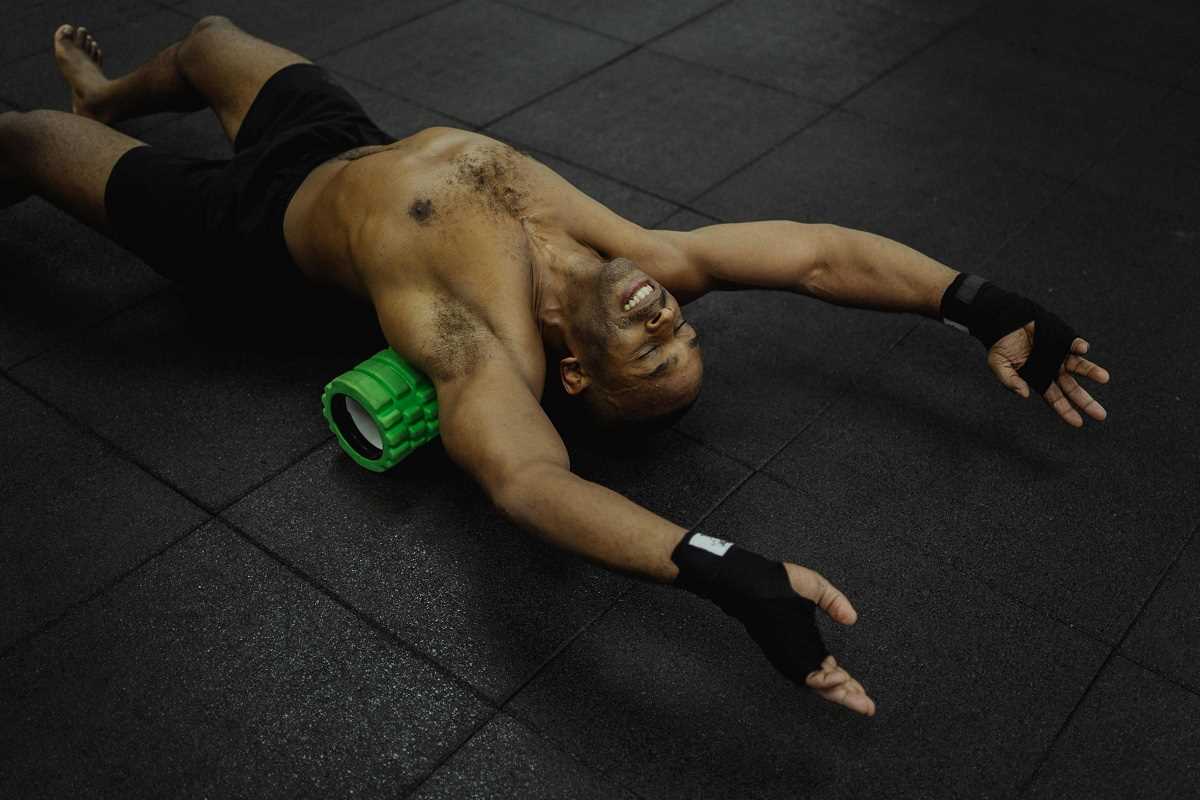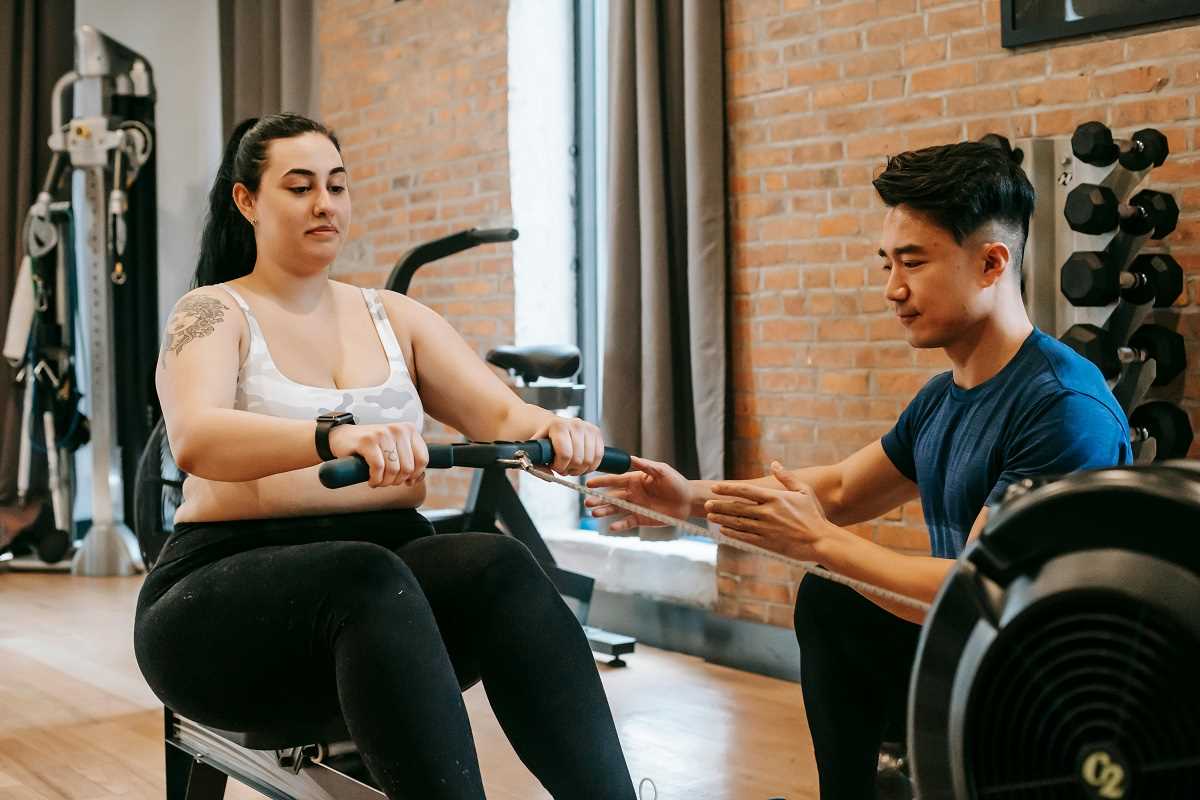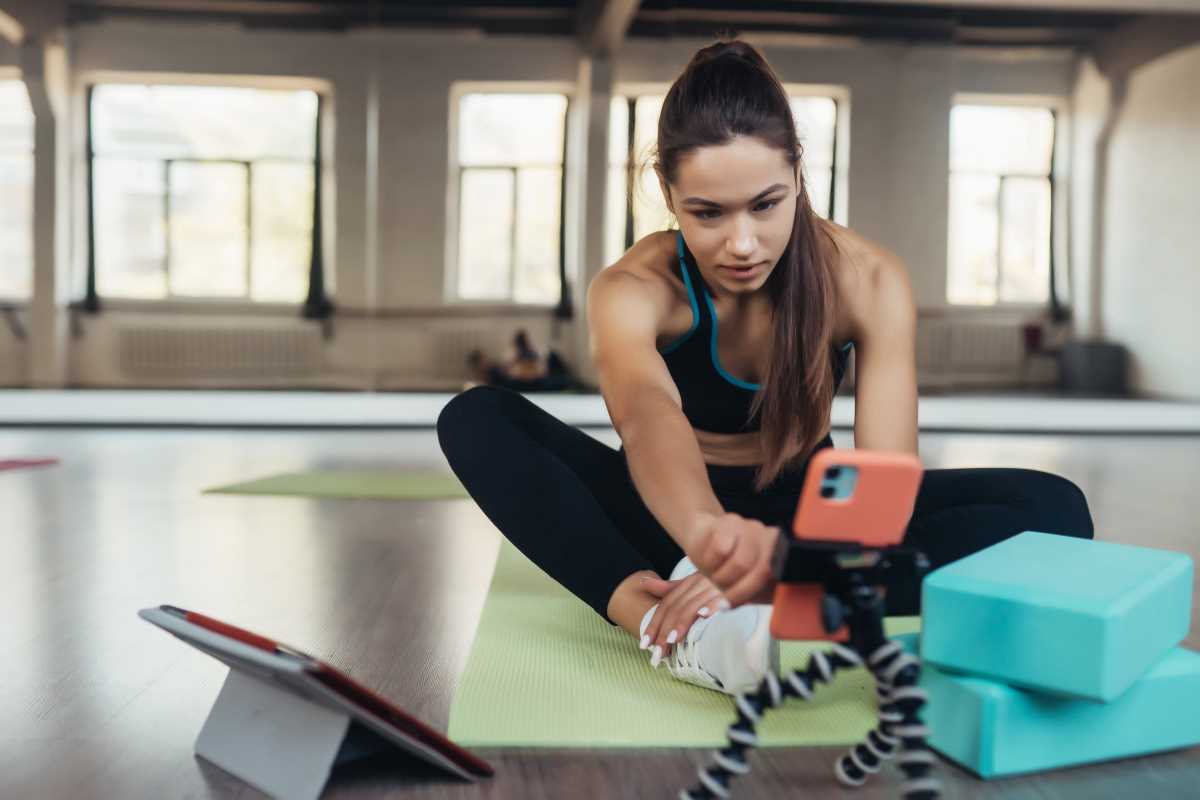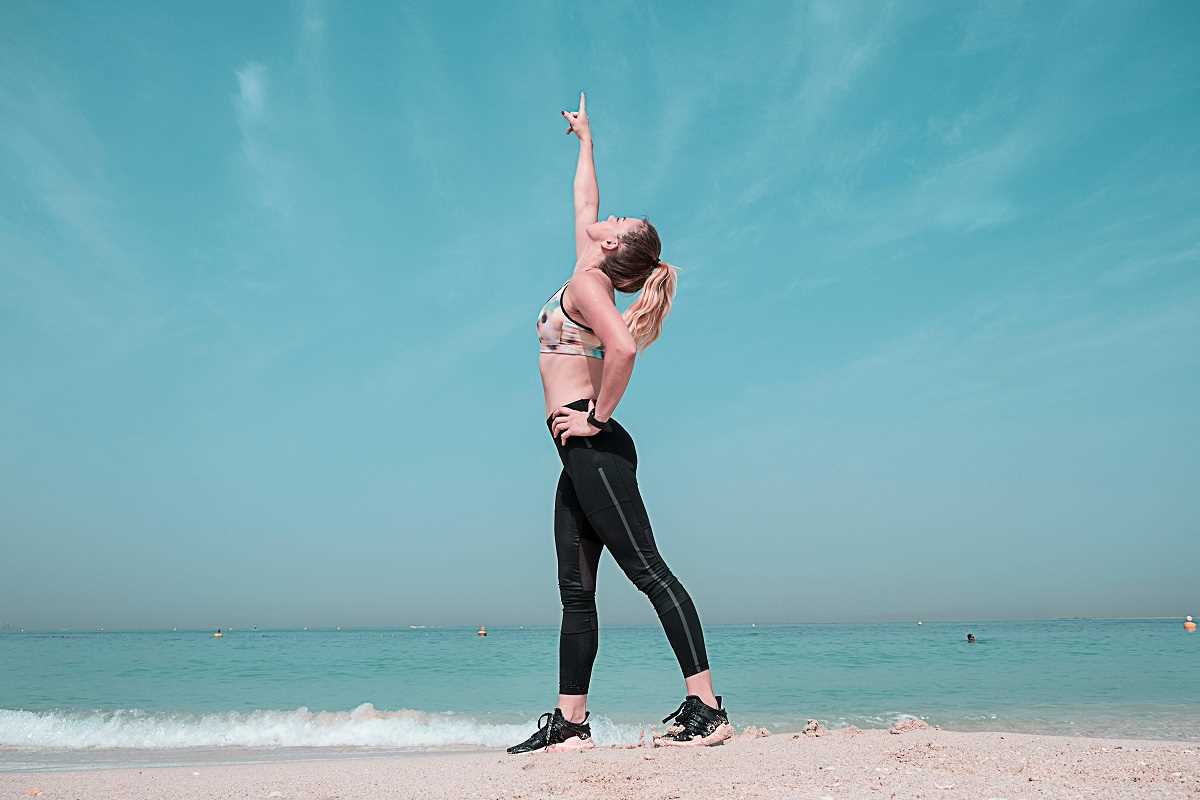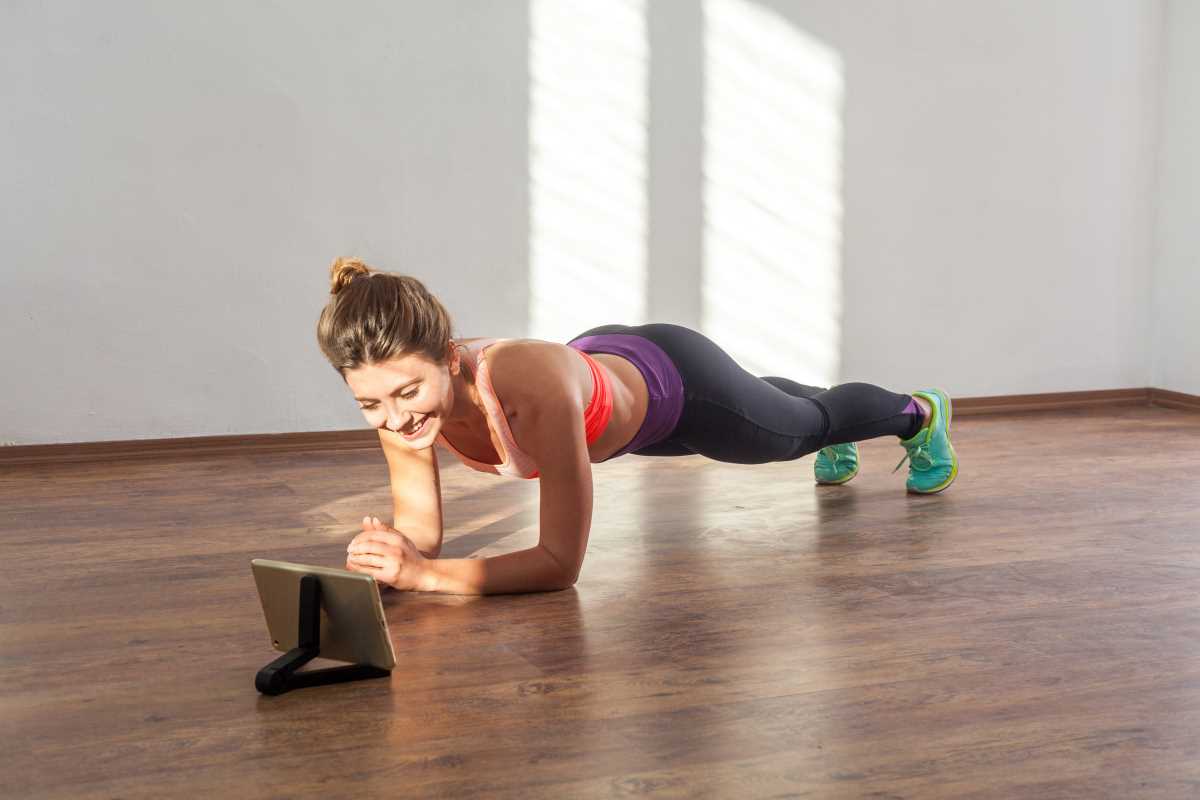Stretching is often the most overlooked part of a workout. It’s tempting to skip ahead to the heart-pounding cardio or the sweat-inducing strength sets without thinking twice about warming up or cooling down properly. But here’s the thing—stretching is a game-changer. Whether you’re running, lifting, or doing yoga, incorporating stretching into your routine is essential for both performance and recovery.
If you’ve been sidelining stretching or are unsure of how to include it in your workouts, this guide is here to help. We'll break down why stretching matters, how to do it correctly, and provide you with an easy-to-follow roadmap for every type of workout.
Why Stretching is Non-Negotiable
Stretching is more than just bending and reaching to touch your toes. It’s a purposeful way to prepare your body for movement, improve your flexibility, reduce the risk of injuries, and even boost your mental focus. Think of it like setting the stage for a great performance. Skipping it? That’s like trying to play a guitar with out-of-tune strings.
Here are a few research-backed benefits of stretching:
- Improved Flexibility: Stretching increases your range of motion, which helps you move freely and fluidly.
- Reduced Risk of Injury: By warming up the muscles and joints, you prepare your body for activity and decrease the chance of strains or sprains.
- Enhanced Recovery: Post-workout stretches help relieve muscle tension and increase blood flow, speeding up recovery time.
- Better Posture: Many stretches target areas prone to tightness, such as the shoulders and hips, improving overall alignment.
- Stress Relief: Stretching isn’t just physical. It helps calm your mind and lets you reconnect with your body.
Now that you know why stretching matters, let’s get into the how.
The Two Types of Stretching You Should Know About
Before jumping into your workout routine, it’s important to understand that not all stretching is the same. There are two main types of stretches that serve different purposes:
1. Dynamic Stretching (Best for Pre-Workout)
Dynamic stretching involves active, controlled movements that take your muscles and joints through their full range of motion. Think of movements like leg swings, arm circles, or walking lunges. This type of stretching warms up your muscles and gets your blood pumping, making it ideal for pre-workout preparation.
For example:
- Arm Circles: Loosen up your shoulders and upper body with small, controlled rotations.
- Leg Swings: Stretch your hamstrings and hip flexors by swinging your leg forward and backward in a controlled motion.
- High Knees: Activate your hips and stretch your lower back while boosting circulation.
Dynamic stretches should feel like a gradual “wake-up call” for your body, preparing you to move efficiently and safely.
2. Static Stretching (Best for Post-Workout)
Static stretching is all about holding a position for an extended period, typically 15–30 seconds per stretch. These stretches focus on lengthening the muscles after they’ve done the hard work, helping to reduce soreness and increase flexibility.
For example:
- Seated Forward Fold: Stretch your hamstrings and lower back by reaching toward your toes while sitting on the floor.
- Child’s Pose: A gentle stretch for your shoulders, back, and hips that also helps you center your mind after an intense workout.
- Butterfly Stretch: Target your inner thighs and hip flexors by sitting on the floor with your feet pressed together.
Keep in mind that static stretching isn’t recommended before workouts. It’s best saved for your cool-down when your muscles are already warm and pliable.
How to Incorporate Stretching Into Every Workout
Now that you’ve got the basics down, you might be wondering how to actually fit stretching into your routine. Whether you’re hitting the squat rack, jogging around campus, or flowing through a yoga class, here’s how to match your stretches to your workout.
1. For Strength Training Days
Lifting weights brings on serious gains, but it also places a lot of strain on your muscles. Stretching before and after strength training can help keep your body in peak condition.
Pre-Workout Dynamic Stretches
- Bodyweight Squats: Loosen your hips and activate your quads.
- Torso Twists: Loosen your spine and prepare for lifts that involve rotation.
- Walking Lunges with a Twist: Stretch your hip flexors and warm up your core in one move.
Post-Workout Static Stretches
- Chest Opener: Clasp your hands behind your back and lift your arms to stretch your chest and shoulders.
- Standing Quad Stretch: Hold one foot behind you to stretch your quads while balancing on the other leg.
- Hamstring Stretch: Sit with one leg extended and the other bent, then reach for your toes on the extended leg.
2. For Cardio Workouts
Whether you’re running, cycling, or doing a cardio dance class, stretching will keep you light on your feet and reduce the risk of overuse injuries.
Pre-Workout Dynamic Stretches
- Leg Swings (front-to-back and side-to-side): Loosen up your hips, hamstrings, and inner thighs.
- High Knees: Boost circulation while stretching your calves, hip flexors, and lower back.
- Butt Kicks: Warm up your quads and hamstrings while getting your heart rate going.
Post-Workout Static Stretches
- Runner’s Lunge: Open up your hip flexors and stretch your quads.
- Standing Calf Stretch: Place one foot behind the other and lean forward to stretch your calves.
- Spinal Twist (lying on your back): Release tension in your lower back and hips.
3. For Yoga or Pilates Sessions
Stretching is naturally woven into yoga and Pilates, but prepping your body beforehand and cooling down after can enhance your practice.
Pre-Workout Dynamic Stretches
- Cat-Cow Stretch: Gently warm up your spine with alternating curves and arches.
- Downward Dog to Plank Flows: Loosen your hamstrings, shoulders, and core.
- Side Lunges: Open up your hips and inner thighs.
Post-Workout Static Stretches
- Seated Forward Fold: Stretch your hamstrings and relax your mind.
- Pigeon Pose: Relieve tightness in your hips after all that hard work.
- Supine Twist: A gentle way to stretch your back and unwind.
Pro Tips for Stretching Like a Pro
- Warm-Up First: Don’t stretch cold muscles! Do a light warm-up, like jogging in place, to get your blood flowing.
- Hold, Don’t Bounce: When doing static stretches, hold the position steady instead of bouncing, which can lead to injury.
- Breathe Deeply: Deep breathing helps improve circulation and makes your stretches more effective.
- Listen to Your Body: Stretching should feel challenging but never painful. Stop if anything feels sharp or uncomfortable.
- Stay Consistent: Like anything in fitness, consistency is key. Make stretching a regular part of your routine.
Building a Stretching Habit
Developing a stretching habit might feel like an afterthought when you’re juggling class schedules, exams, and work. But the great thing about stretching is that it doesn’t take much time. Even 5–10 minutes before and after your workout can make a noticeable difference.
If you’re new to stretching, set a small goal. For example, commit to three dynamic stretches before your next workout and three static stretches after. Build from there.
Stretching isn’t just for gymnasts or yoga enthusiasts. It’s a fundamental part of fitness that everyone, including college students with packed schedules, can benefit from. With daily practice, you’ll feel stronger, move better, and recover faster. It’s also an amazing way to check in with your body and boost your mental clarity.
